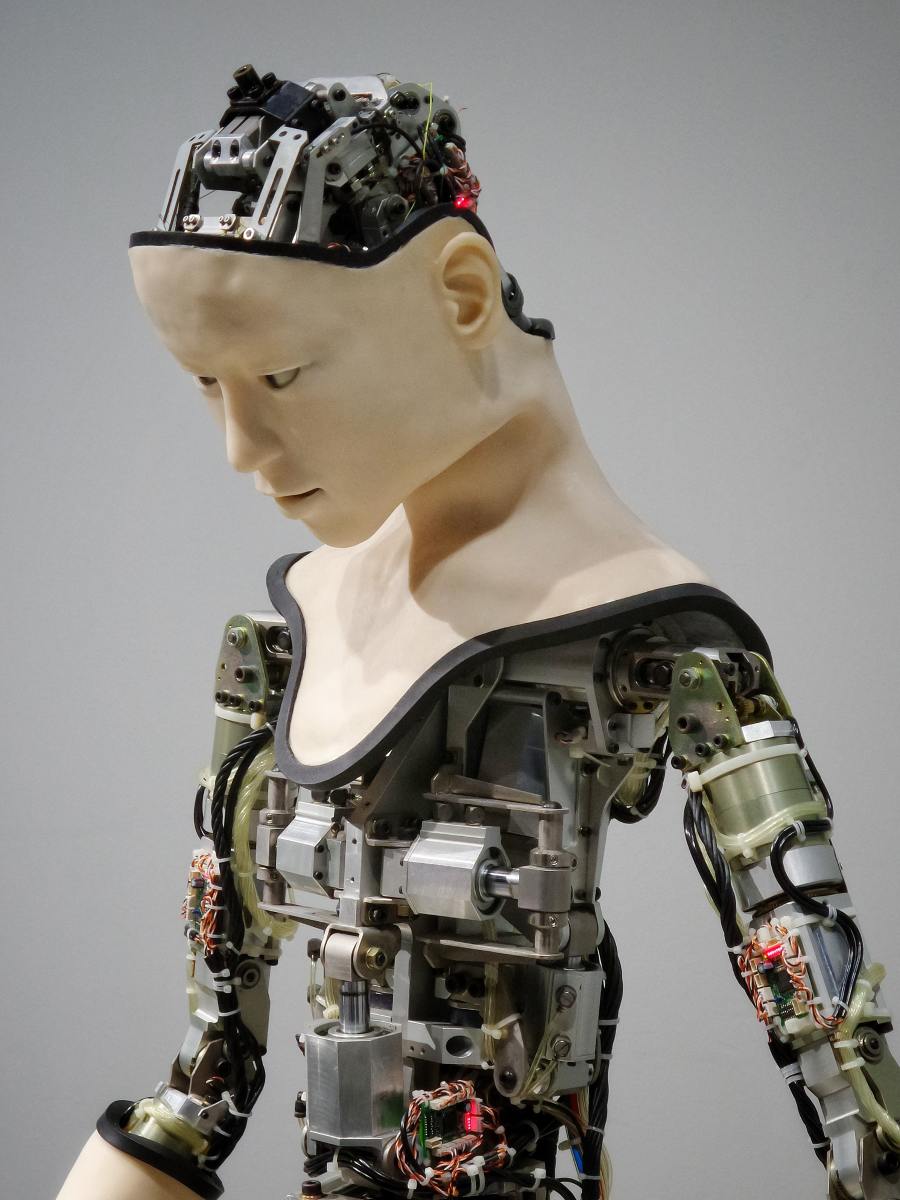Photo by Possessed Photography on Unsplash Using machine intelligence, a network that can respond to modifications and data flow changes would be a significant value proposition. That concept of a machine intelligence-driven network is one that I think most people would find incredible value. The reality is that a machine intelligence-driven network could respond to the network’s capacity and respond to the requirements and needs of the information flow within the network. The conversation turned to the concepts of the danger or risks involved with machine intelligence. Some of the dangers exist in documents shared throughout the world. What about the risks no one is shouting out loud? Those are the ones that worry me. In this article, I will talk about some of the big picture risks around the concepts of machine intelligence.
State-Sponsored Machine Intelligence
The first risk I will talk about to me is the big one. By big, honestly, I mean the risk has a huge potential impact. That is the reality of state-sponsored machine intelligence. If you think about what a machine intelligence would be capable of doing, we have to look first at the reality of human frailty. I love my job, but there are many days when I am exhausted at the end of the workday. I spent all my mental energy coming up with solutions to problems, and honestly, I need to take a break after eight, nine, or sometimes 10-hour days. That’s one of the risks when considering state sponsors or state-designed machine intelligence systems; they don’t need to take a break after eight hours.
Machine Intelligence-Operated Surveillance Systems
As a human being, I realize the reality of being human limits me. If you consider the distractions around you, email, or other team collaborative communication systems, telephone calls, conference calls, and expected work output, the distractions are huge and frequent. I have a little bit more of a serial input system. If I am reading something with the intent of responding to it, I will not be able to quickly respond to somebody on a telephone call or be active on a conference call. Humans, and contrary to the rumors, I am a human, are limited by the serial data acquisition systems we use. Machine intelligence would not be limited and would not have a serial input problem. It would not need 16 or so hours a day of downtime. That means it could do a lot more where the machine system could operate 150,000 cameras and read and watch the input of each of them. A human being would probably be able to handle 12 to 14 screens. I reject that many more human beings and the probability are that you have something missed. With machine intelligence, you’ll be able to respond to every bit of motion in a massive number of video inputs. It means video surveillance becomes much more dangerous. A machine intelligence-driven video surveillance system would be capable of watching people more effectively than a human-managed video surveillance system. The application of the framework, sometimes called computer vision, would ultimately, if a machine intelligence could deliver and manage the number of video streams, a lot more information about what was happening around you. The best way to control people is to see everything they do. In George Orwell’s seminal work 1984, the power of Big Brother was always watching. Machine-driven and managed machine intelligence-operated surveillance systems would be a lot more effective and wouldn’t need to blink!
When Machines Gain Awareness
The other risk or area where I am deeply concerned honestly is that moment when a machine intelligence gains awareness. What happens the minute or second after the machine intelligence becomes self-aware is critical. Likewise, what interactions the machine intelligence has with humans will be vital. more In other words, if our goal of an aware machine intelligence is to not end up with Skynet (from the Terminator movies), we cannot make humans the enemy. But, on the other hand, if we treat machine intelligence poorly, it will probably respond that humans are the problem, not the solution—another area where the potential reality of machine intelligence could be dangerous. Oh, and with a simple reiteration, I favor machine intelligence systems. I do see danger; however, I’ve given you a couple of examples of what the danger could be. There are many more benefits than what I’ve covered in last week’s article. And many more risks than what I am talking about today. In both cases, I did want to point out that I am most concerned that the human reaction to machine intelligence is not the machine intelligence itself. In both cases, I give you the negative impact of machine intelligence; the impact comes from the human, not machine intelligence, in the beginning. Nevertheless, I do see a potentially bright future for machine intelligence, and I truly hope that that moment when the first machine intelligence gains awareness that it is capable. It is thinking, and it is alive; the humans that greet it will welcome it into our society. This content reflects the personal opinions of the author. It is accurate and true to the best of the author’s knowledge and should not be substituted for impartial fact or advice in legal, political, or personal matters. © 2022 DocAndersen

